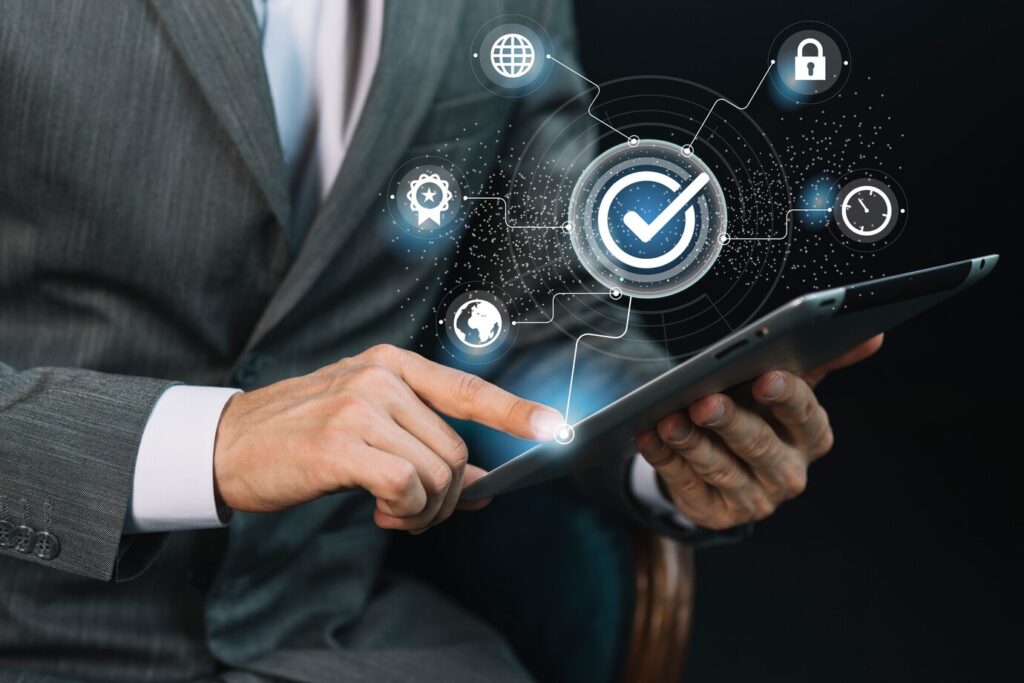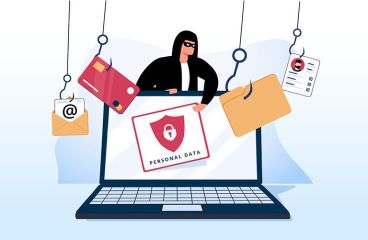
Why should compliance and cybersecurity be at the forefront of every business decision, especially in manufacturing? With cyberattacks becoming more sophisticated and frequent, businesses are not just fighting to protect their data but also striving to stay compliant with ever-evolving regulations. In fact, according to a recent study, 68% of business leaders feel their cybersecurity risks are increasing. Let’s delve into practical steps to intertwine compliance and cybersecurity seamlessly into your business operations.
10 Ways to Improve Cyber security
-
Establish a Strong Compliance Framework
Effective cybersecurity hinges on adherence to industry-specific regulations, especially for businesses dealing with personal data. If your operations or clientele extend to Europe, compliance with GDPR becomes essential, underscoring the global impact of cybersecurity measures
-
Conduct Regular Risk Assessments
Risk assessments are not just a compliance requirement; they are a critical component of a cybersecurity strategy. Regularly evaluating your business for potential vulnerabilities not only helps in staying compliant but also in identifying areas where your cybersecurity measures may be lacking. The Verizon Data Breach Investigations Report states that 71% of breaches were financially motivated, highlighting the need for stringent risk management.
-
Employee Education and Training
Human error remains a significant factor in cybersecurity breaches. Educating your employees about safe online practices, data handling, and regulatory compliance is crucial. Regular training sessions can significantly reduce the risk of breaches caused by employee negligence or ignorance.
-
Implement Multi-Layered Cybersecurity Measures
Relying on a single line of defense is not enough. Multi-layered security measures including firewalls, anti-malware software, intrusion detection systems, and encryption protocols should be implemented. This not only enhances your security posture but also ensures compliance with several regulatory standards.
-
Stay Updated with Compliance and Cybersecurity Trends
Cyber threats and compliance laws are constantly evolving. Staying informed about the latest trends and updates in cybersecurity and compliance can help you anticipate changes and adapt your strategies accordingly. For instance, the manufacturing sector is increasingly becoming a target for cybercriminals, with the number of cyberattacks in the sector increasing by 300% in 2021.
-
Secure Your Supply Chain
For manufacturing businesses, the supply chain can be a significant vulnerability. Ensuring that your suppliers and partners are compliant and secure enhances your cybersecurity posture. Regular audits and assessments of your supply chain can mitigate risks significantly.
-
Regular Policy Review and Update
Your cybersecurity and compliance policies should not be static. Regular reviews and updates to these policies ensure that they remain effective and relevant. This also demonstrates a proactive approach to regulatory bodies.
-
Leverage Technology for Compliance Monitoring
Using technology to monitor compliance can streamline the process and reduce errors. Compliance monitoring tools can help in tracking regulatory changes, managing compliance documentation, and ensuring that the business adheres to necessary standards.
-
Develop a Robust Incident Response Plan
Having an incident response plan in place is critical. This plan should include procedures for managing a breach, notifying affected parties, and reporting to regulatory bodies, if required. According to IBM, companies with an incident response team and extensive testing save $1.23 million on average in a data breach compared to those without.
-
Foster a Culture of Security and Compliance
Lastly, creating a culture that values security and compliance can transform how your organization approaches these critical areas. This involves leadership commitment, regular communication on the importance of cybersecurity and compliance, and involving employees in security initiatives.
Securing your business with these practical 10 Ways to Improve Cyber security and compliance goes beyond mere adherence to regulations; it’s about ensuring a safer, more resilient future for your organization in the manufacturing industry. For more insights and updates, follow us on Facebook and LinkedIn










